I have a portable generator I am going to use with an interlock system, which prevents back current to the grid, to power the house during outages. Knowing I would need a power return alarm to notify me when the power is restored I made something similar to this with CT clamps (Yhdc Model SCT-013-000) and a Wemos D1 Mini running through Home Assistant.
I am getting close to finishing my box, which also has meters to measure the generator current so I can balance the two sides of the box, and everything is bench testing perfectly. Unfortunately, a thought occurred to me today. If the main breaker is off no current will register on the CT clamp when the power returns and I should have been looking at a voltage sensor solution all along.
A few questions and thoughts I would like to put out there for feedback.
- Would the house electrical meter draw enough current itself when the power returns to trigger the CT clamp?
- Testing the CT clamp itself with a multimeter and feeding 120VAC it registers 0.200 volts on the meter. Could I still use the CT clamp as a voltage sensor and feed it to a GPIO pin to register as on or off? The voltage seems low but maybe use an optocoupler?
- As another alternative would a DIY Non Contact Voltage Tester fed to a GPIO pin be a good idea? I would assume I could just wrap the antenna wire around one of the main lines coming into the electrical box? I did notice commercial versions meant for power restore have a ground line as well, I am not sure why, or maybe they use a different technology than a non contact voltage tester?

